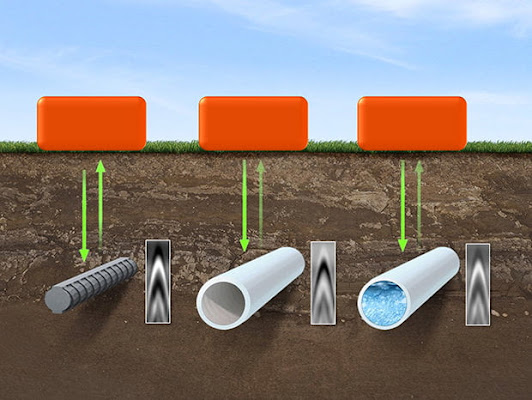Ground Penetrating Sonar: What Are The Wide Application Of The GPR?
Indeed, telephone lines, sewer, water pipe, electricity lines, and other needed pipelines are underground. And from time to time to inspect its work function, GPR technology is necessary. Actually, it is not possible to dig underground to check how this pipeline or cable works. Even though digging does not guarantee that no underground object is affected, it would be better to use ground-penetrating sonar technology for any underground work.
In addition, GPR has a wide number of applications across a comprehensive range of industries. It is non-destructive and can be employed to detect the subsurface object and integrate with mapping, GPS, and 3D technology. The versatile character of the ground-penetrating radar makes it a more powerful tool in construction, engineering, geo-sciences, archaeology, and other related fields.
You can buy GPR from any recognized company that ensures that the ground-penetrating radar is of high quality and delivers an accurate result. And, if you feel that you want GPR only for a few days or for a few construction jobs. You can take ground-penetrating sonar on rent.
Here is the list of applications that use the GPR tool. Make sure these details give you an idea about how ground penetrating radar is a more robust technology.
Engineering And Construction!
Ground-penetrating radar is used for many facets of engineering and construction, from structural assessment to utility locating.
As a non-destructive form of proving, it is a safe, swift, and efficient method for scanning. GPR technology is used to detect obstructions in concrete like post-tensioned cables, rebar, and conduits before coring or cutting through the concrete. It means the engineer can determine the best location and avoid any damage.
Ground sonar can also be used to evaluate the damage and integrity of the structure by detecting cracks, corrosion, voids, and mapping. One more thing, you can use this technology to map the depth and thickness of the concrete slabs and walls.
Environmental!
As GPR delivers a picture of what is under the ground, it can play a significant role in environmental studies. You can use this technology to locate oil tanks and buried drums that could leak and contaminate the earth. Once a leak is detected, GPR also maps the extent of the contaminant and identifies the direction of the contaminant migration.
Military!
GPR is also used in the military as a tool for identifying unexploded items and detecting & mapping underground tunnels.
It is frequently used in conjunction with other geophysical techniques along with GPS (ground penetrating sonar).
Archaeological!
Digging and sampling is a time-consuming and expensive process, so ground penetrating radar technology is crucial for archaeology. This technique is used to identify the best dig location, determine the location of subsurface objects, and map entire sites.
The data delivered to archaeology by GPR is essential. It speeds up the process and offers a crucial tool to record and interpret a site of interest.
Conclusion!
This blog describes how ground-penetrating sonar technology is used in various fields to deliver the right outcome. However, this technology not only delivers the actual reading but also speeds up the process. So, whenever you need to dig below the ground or inspect any exploded item, ensure to use GPR technology.



A fantastic summary of GPR's broad applications! I especially agree with your point about GPR's role in Engineering and Construction—it's truly non-negotiable for safety. The ability to detect non-metallic utilities like PVC and conduits, as well as concrete reinforcement, makes it superior to traditional methods. Explore https://elitepipecable.com/services/ground-penetrating-radar/
ReplyDelete